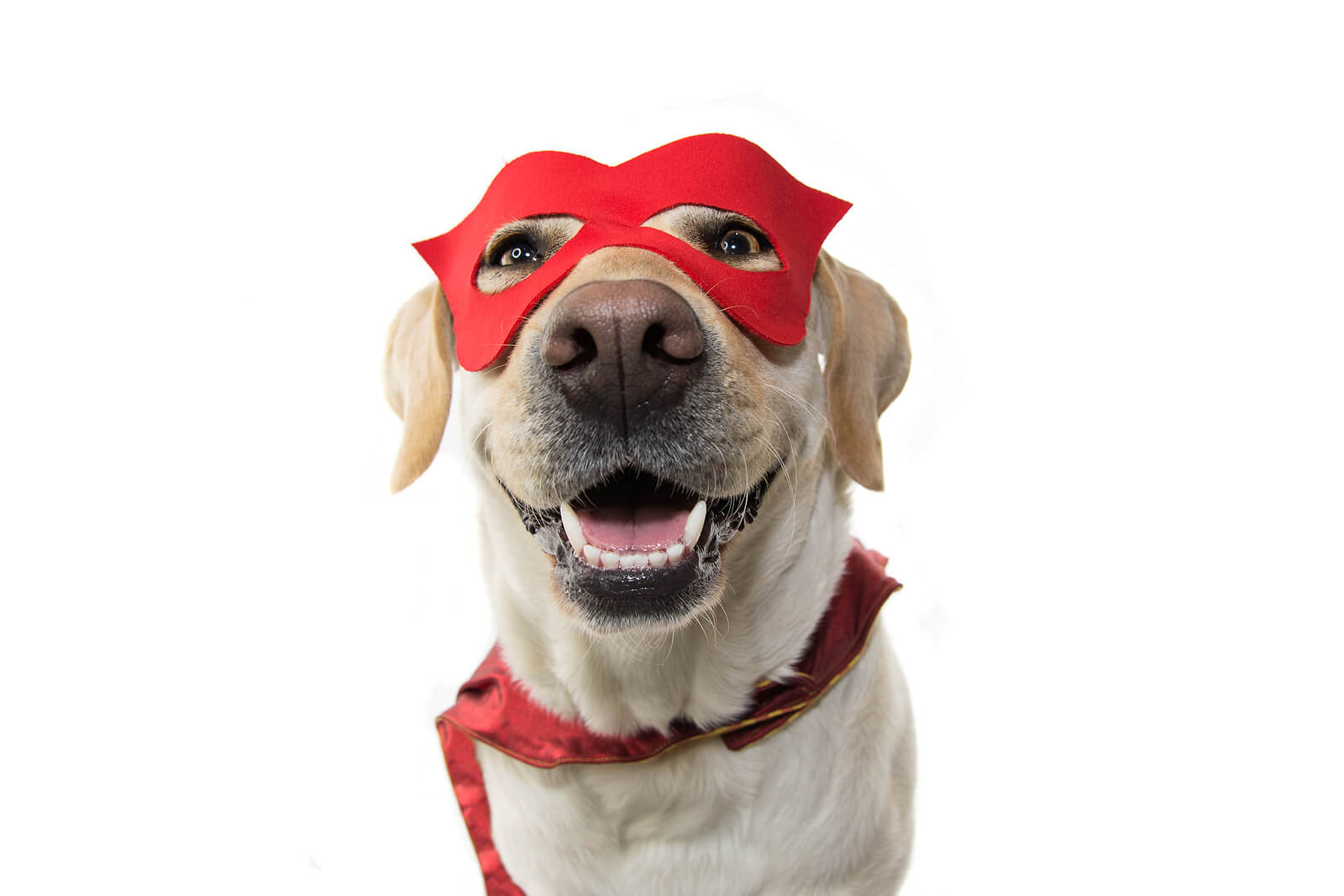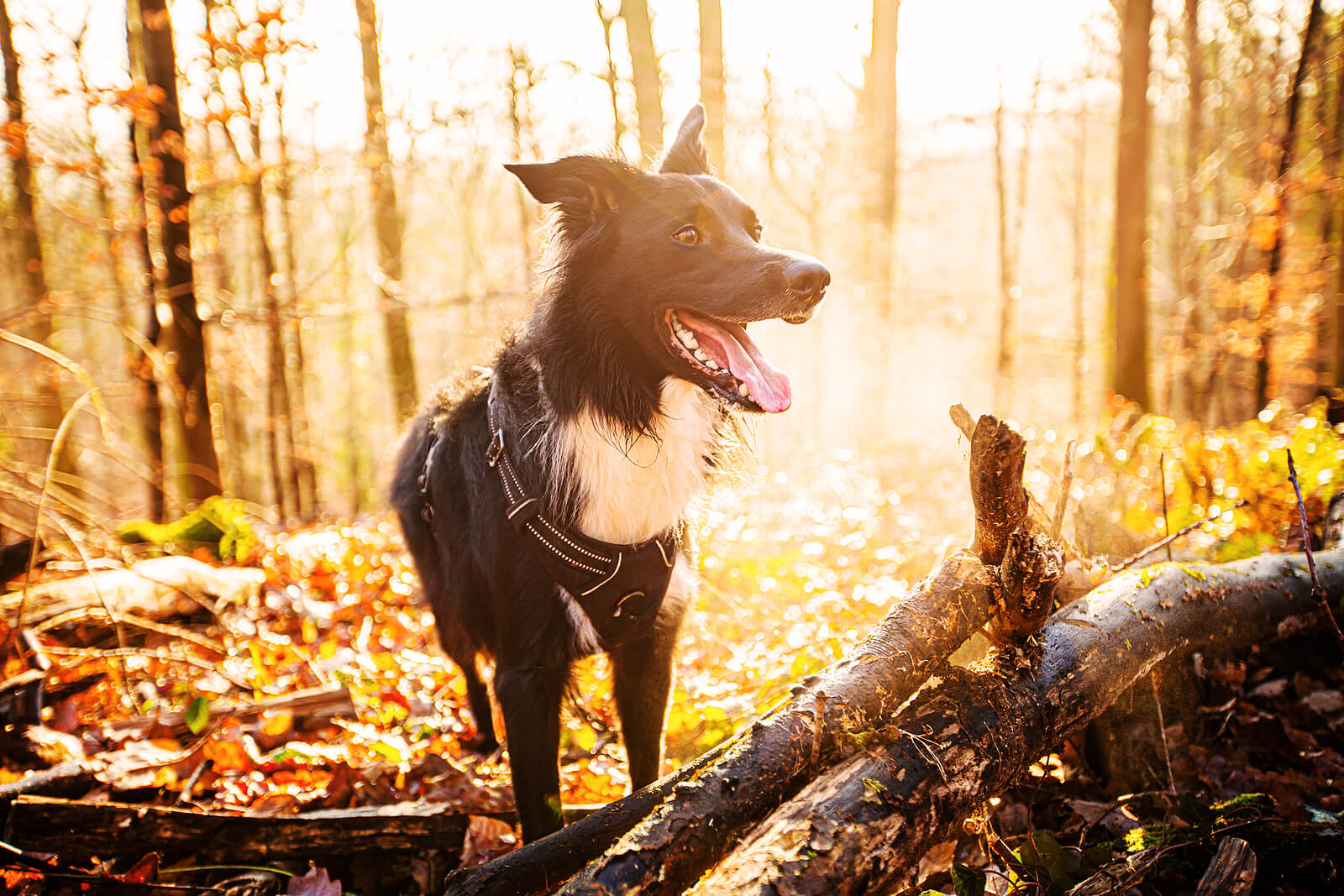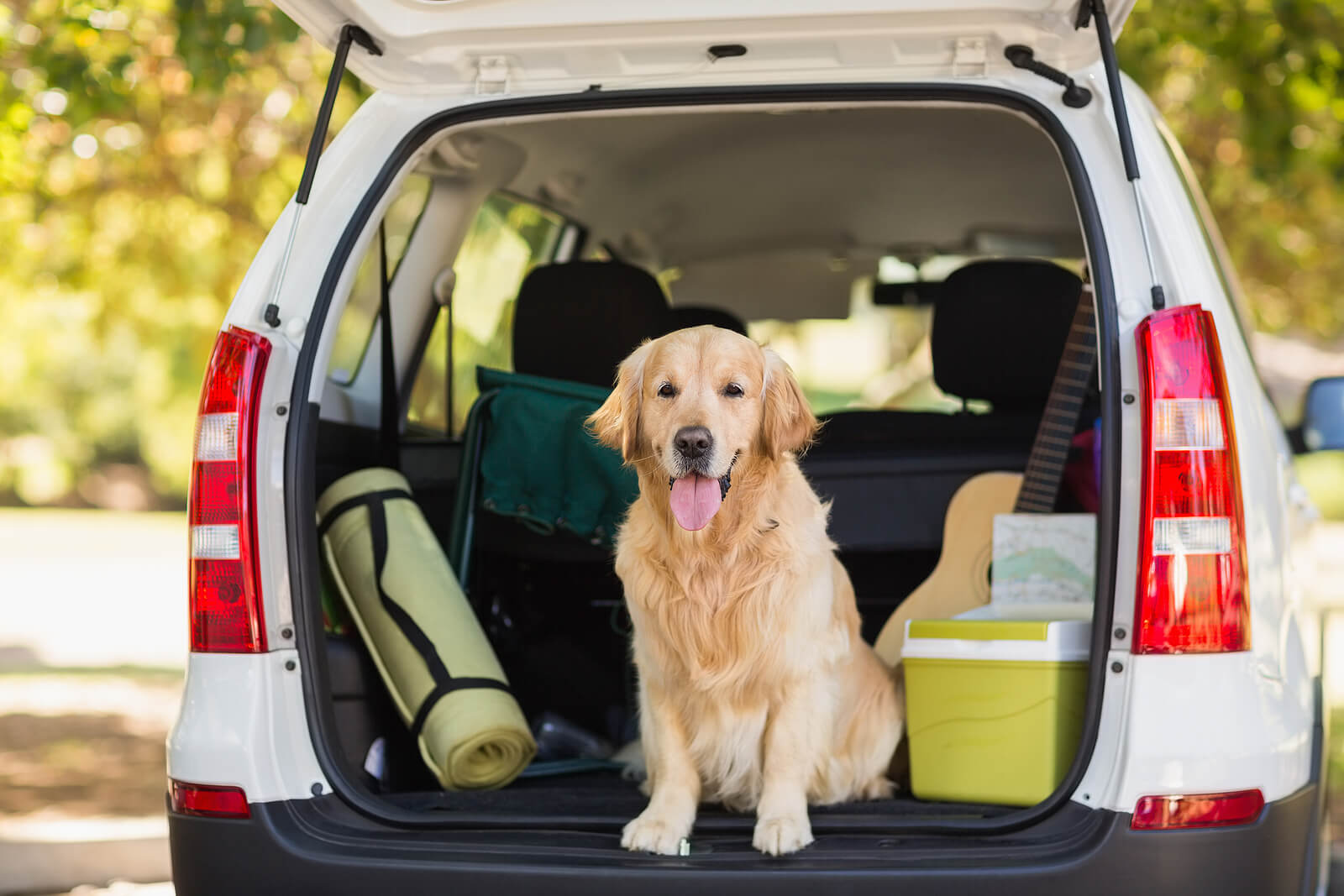Home for the Pawlidays! Tips to keep your pets happy and safe this holiday season
The holiday season is full of gatherings, decorations, and special meals, but it can also introduce unexpected risks for our pets. With a little preparation, you can keep your dogs and cats safe while still including them in the festivities. Let’s look at key areas of holiday safety, including food hazards, decoration precautions, as well as pet-friendly activities to keep your pets merry!

Food Safety: What Your Pets Should Not Eat
Holiday meals bring tempting aromas, and many pets are skilled at begging for a taste. While it may be difficult to resist, several traditional holiday foods can be dangerous for animals. These are the most important items to avoid:
Foods to Keep Away From Pets
-
Chocolate, including cocoa powder and dark varieties
-
Grapes and raisins
-
Onions, garlic, and chives, commonly found in holiday sides and gravies
-
Cooked bones, which can splinter and cause internal injuries
-
Rich or fatty foods such as turkey skin, ham scraps, and buttery dishes
-
Alcohol of any kind, including small spills
-
Artificial sweeteners like xylitol, which are extremely toxic to dogs
-
Raw yeast dough, which can expand in the stomach
Pet-Safe Treat Alternatives
-
Plain, fully cooked turkey meat without seasoning
-
Steamed or cooked vegetables such as carrots, pumpkin, or green beans
-
Holiday-themed treats made specifically for pets
Decoration Safety: Keeping the Holiday Spirit Without the Hazards
Holiday decorations are attractive to pets, who may see them as playthings or snacks. Taking a few precautions can help prevent accidents and injuries.
Christmas Trees
-
Ensure the tree is securely anchored to prevent tipping
-
Keep tree water out of reach, as it may contain fertilizers or bacteria
-
Avoid edible decorations such as popcorn strings or candy canes
Ornaments and Lights
-
Use shatterproof ornaments on lower branches
-
Keep tinsel away from pets; it can cause intestinal blockages, especially in cats
-
Cover or secure electrical cords to prevent chewing
-
Turn off lights when not at home
Candles and Scents
-
Do not leave lit candles unattended around pets
-
Be cautious with diffusers or scented oils, and verify they are safe for animals
Holiday Plants to Avoid
Many common holiday plants can cause digestive upset or toxicity in pets, including poinsettias, mistletoe, holly, and lilies. Consider substitutes or place them well out of reach.
Holiday Activities Pets Can Safely Enjoy
The holiday season offers many opportunities for pets to participate in family traditions. Here are some pet-friendly ideas that are both fun and safe.
Holiday Walks
Many dogs enjoy the extra stimulation of seasonal lights and new scents. Use reflective gear for nighttime walks.
Homemade Toys
Simple do-it-yourself toys, such as fleece tug ropes or crinkle toys for cats, can be enjoyable and inexpensive.
Pet Stockings
Prepare a small stocking filled with safe toys, treats, or chews. Many pets enjoy “helping” open their gifts.
Quiet Time
With the noise and excitement of the holidays, many pets appreciate peaceful downtime with soft bedding and your company.
Training Games
Short training or trick sessions can help pets burn off extra energy and stay mentally engaged during busy gatherings.
The holiday season is a wonderful time to celebrate with the entire family, including pets. By staying aware of food hazards, decorating with care, and offering safe activities, you can ensure your pets enjoy a comfortable and stress-free holiday.




